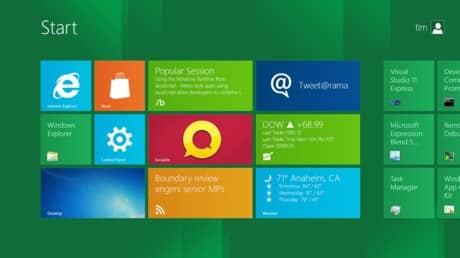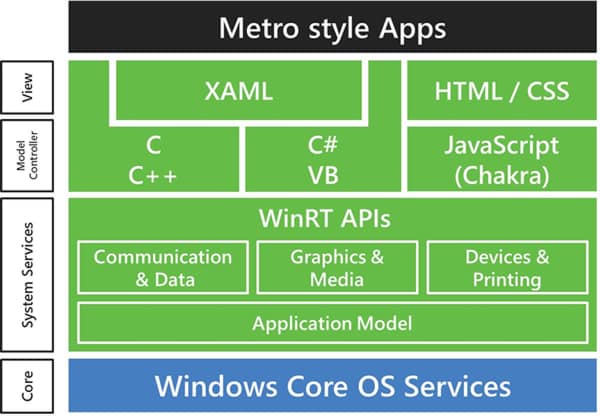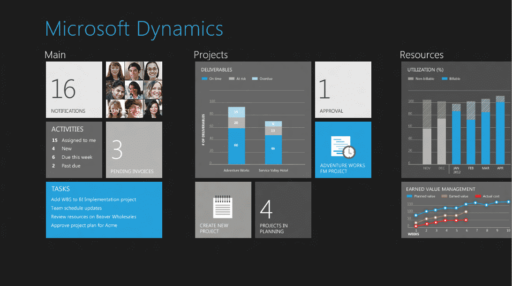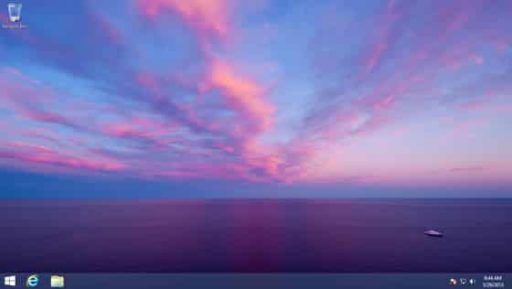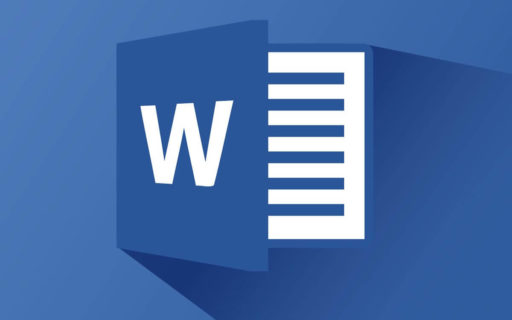Blog Building Windows 8 has already revealed almost all ins and outs of the upcoming Windows. They also finally lifted the veil on some of the last unknowns surrounding Windows 8 for ARM platform. Windows 8 on ARM is a new member for Windows family much like Windows Server or Windows Phone and it is built on foundation of Windows and has a very high degree of commonality and shared code with Windows 8. TheTechJournal will try to bring you much closer this new architecture and show you the difference between ARM and x86.
Same experience on ARM and x86
“Windows on ARM” or short “WOA” will offer the same user experience as Windows 8 for x86 architecture. The Start Screen, Metro applications, Metro version of Internet Explorer 10 and current devices operate identical.
The first big announcement is that Windows on ARM will include Office, File Explorer, the desktop version of Internet Explorer 10, and even the desktop versions of Word, Excel, PowerPoint and OneNote from the forthcoming Office suite 15, which was adapted to the ergonomic touch. Microsoft promises a “no-compromise experience” compared to a conventional computer which will include “most” of the features as the x86 version.
Metro style applications which will be available in Windows Store will work on both Windows 8 for x86/64 and WOA. To make this possible Microsoft rely primarily on the new programming interface (API) Windows runtime (WinRT), focused on ARM as x86. Metro applications will still include native code (C/C++) but they can be published in Windows Store only if they are compiled for both architectures. Existing desktop applications for Windows will not work on Windows on ARM, while most Metro applications will operate automatically.
Challenge in terms of Components and Devices
Unlike existing ARM devices, which firmwares are specific to each model future WOA computers or tablets will run a unified binary. Microsoft has offered some basic specifications, as it did with Windows Phone 7, to frame a minimum flexibility of computer manufacturers. Microsoft also developed new specifications for certain categories of devices, as we have already seen with 3G modems and sensors, to generalize the use of generic drivers.
Manufacturers of SoC ARM will however develop their own DirectX drivers for their GPU, because the driver that was developed by Microsoft will be reserved for the installation of the operating system … and the new blue screen which you can see in below image.
The date is still unknown, but early Windows on ARM machines will be launched simultaneously with the first Windows 8 x86-based computers. These platforms will be based on nVidia, Qualcomm and Texas Instruments, with which Microsoft worked, but not from Samsung. We know however that Windows on ARM will not be sold separately, and that the only way to get it officially will be buying a new machine.
[ttjad keyword=”all-in-one-desktops”]

